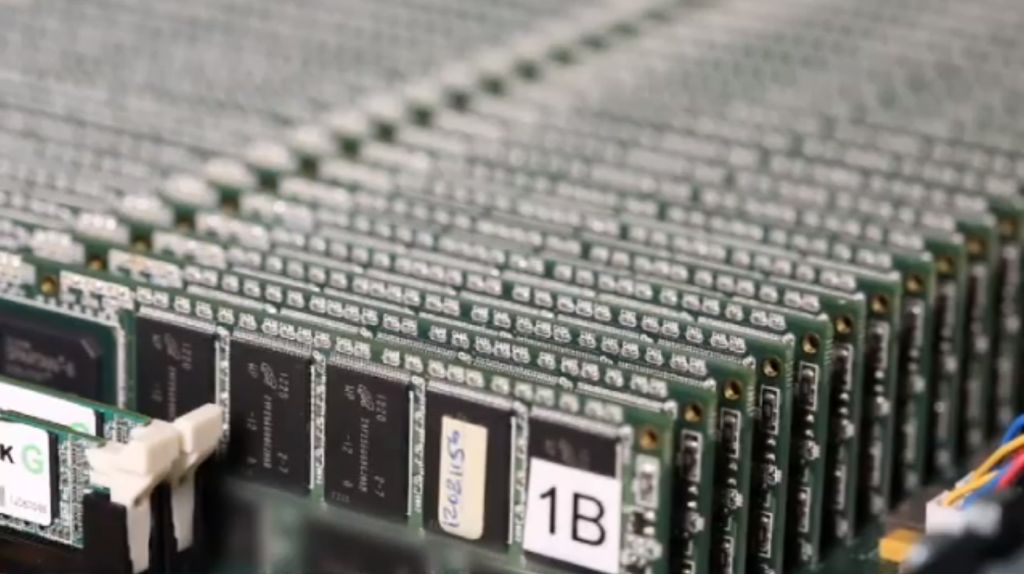Vertically integrated flash solutions provide distinct technological and cost benefits to customers over SSD or flash appliances that utilize third-party software in an attempt to incorporate service components, such as de-duplication and compression, into their product offerings say experts at Skyera Inc.
Included in the stack of components of an SSD or flash system are the NAND memory itself, the flash controller to handle wear leveling and other management functions, and the RAID controller to protect against component failure. Many flash appliance companies also provide system or data service components, including LUN mapping, clones and snapshots, as part of their offerings in an attempt to offer expected enterprise features or to differentiate themselves from their competition. Those vendors that concentrate primarily on developing solid-state hardware components often turn to third-party software vendors, whose offerings tend to focus on solving the same issues on hard disk drives, to complete the stack and get to market faster.
While these software components might work well in disk-based systems, they can often lead to inefficiency, additional complexity and added costs when implemented into flash-based systems. Because much of this software is tuned for disk, there is often the need for additional CPU usage and memory accesses that slows down the system and increases latency, negating the performance boost that customers are paying a premium to achieve.
“People buy solid-state for performance and it is highly detrimental to them to spend all that money for SSD and then double or triple the latency with additional software layers and code that must be written to glue these layers of disparate products together,” said Radoslav Danilak, CEO of Skyera. “A tightly integrated solution where software and hardware architectures can be built together so there is no additional complexity is a better approach to SSD or flash systems rather than implementing existing solutions onto devices.”
Vertical integration allows flash vendors to control costs and build each component better than simply utilizing commercially available products because they will be tailored for solid-state environments, giving customers a better experience at a lower TCO. The vertically integrated Skyera Skyhawk was developed from the ground up to extend the life amplification of the latest generation of MLC Flash and to deliver a solution at a system price of less than $3 per gigabyte, in line with hard disk-based enterprise storage systems. Skyhawk features a compact half-depth 1u form factor with 44 terabytes of up to 500,000 IOPS, low-latency native capacity to satisfy the most-demanding Big Data, analytics and virtualization applications.
 Technology X Tomorrow's Technology Today!
Technology X Tomorrow's Technology Today!

